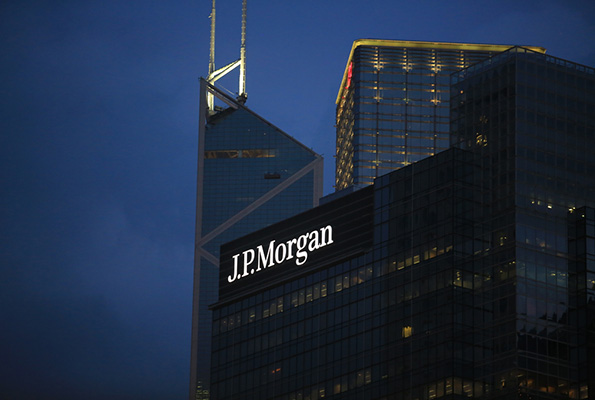According to a survey issued by leading global financial services company JPMorgan, most traders feel that global inflation has peaked and 2023’s market risk is a probable recession.
Around 44% of the 835 respondents to JPMorgan’s annual institutional and professional trading client survey projected lower inflation. Another 37% predicted that price increases would plateau.
The largest group of traders in the poll, representing 30% of those surveyed, named a worldwide slowdown their top concern when asked which factor would have the most influence on markets in 2023. This increased from the 5% of respondents in the same study who correctly predicted that inflation would rule the market mood for the rest of 2022.
For a while, the market’s top concern was inflation, according to Scott Wacker, head of JPMorgan’s FICC e-commerce sales.
The majority of traders are concerned about high-interest rates due to inflation, he continued, and whether central banks have “gone too far” in their attempts to slow down price increases.
The biggest threat to markets right now is if a recession doesn’t materialize, forcing the Federal Reserve to remain hawkish, JPMorgan strategist Mike Bell informed Bloomberg TV.
The US Federal Reserve has aggressively been raising rates to combat rampant inflation since March 2022. A slew of economic data points indicate prices are cooling, but markets are bracing for a recession as the tight monetary policy slows the economy.
The S&P 500 and the Nasdaq Composite were up nearly 6% and 11% in December 2022, respectively, as Wall Street sees the Fed reversing its tightening campaign in response to an economic downturn.
“But if the US economy avoids a recession and wage growth remain high, then the Fed would not cut rates as expected and instead would have to resume rate hikes in the second half of the year, lifting them higher than Wall Street currently anticipates,” Bell told Bloomberg TV.
“Unfortunately, [at that point] you’re back into a world where both bonds and stocks would go down together,” he said.
But JPMorgan’s base case assumes there will be a recession in 2023 that will allow wage pressures to moderate and the Fed to cut rates in 2024, Bell said.
The Federal Reserve has raised its target interest rate by a quarter of a percentage point now, while continuing to promise “ongoing increases” in borrowing costs as part of its still unresolved battle against inflation.
“Inflation has eased somewhat but remains elevated,” the US central bank said in a statement that marked an explicit acknowledgement of the progress made in lowering the pace of price increases from the 40-year highs hit in 2022.
Russia’s war in Ukraine, for example, was still seen as adding to “elevated global uncertainty,” the Fed said. But policymakers dropped the language of earlier statements citing the war, as well as the COVID-19 pandemic as direct contributors to rising prices.
Still, the Fed said the US economy was enjoying “modest growth” and “robust” job gains, with policymakers still “highly attentive to inflation risks”, Fed informed.
“The [Federal Open Market] Committee anticipates that ongoing increases in the target range will be appropriate in order to attain a stance of monetary policy that is sufficiently restrictive to return inflation to 2 percent over time,” the Fed said.
The decision lifted the benchmark overnight interest rate to a range between 4.5% and 4.75%, a move widely anticipated by investors and flagged by US central bankers in advance of the two-day policy session.
Even if the latest reports suggest that the German economy unexpectedly contracted at the end of 2022, the European Central Bank is still likely to increase the euro zone’s primary deposit rate by 50 basis points to 2.5%.
Most European respondents to JPMorgan’s study, where price increases are currently running at around 9%, thought inflation rates would decline.
According to the study, most traders in the United States believed inflation would level from here, although headline consumer prices increased at a rate of up to 6.5% in the year to December.



